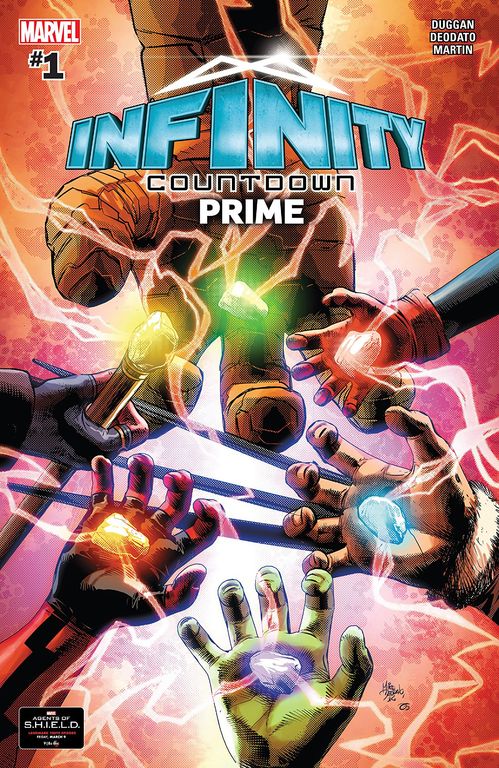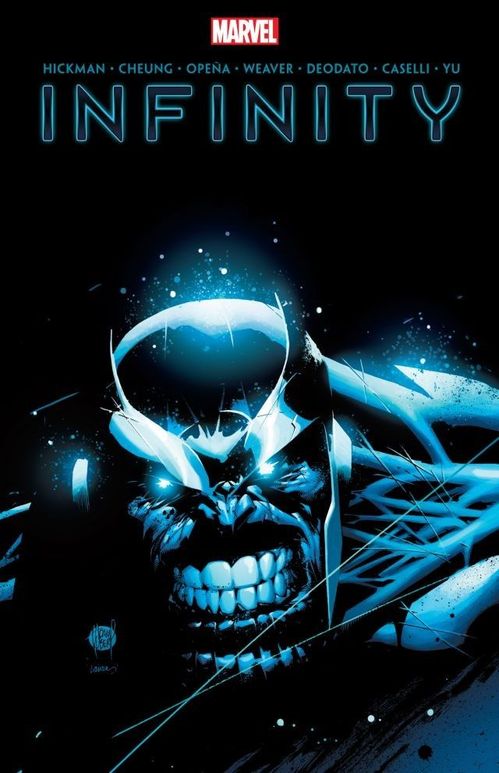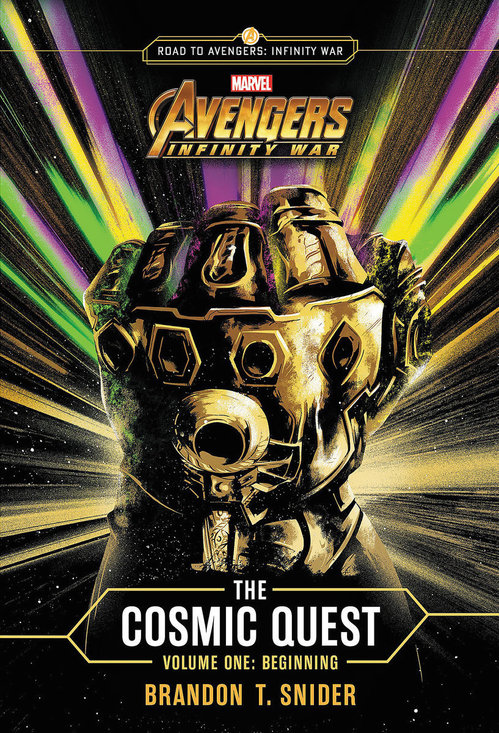Recommending Comics to Fans of Avengers: Infinity War is Way Harder Than It Should Be
Despite a Decade of Cinematic Domination, Marvel Still Lacks Accessible Standalone Stories & Gateway Comics
Main Art by George Perez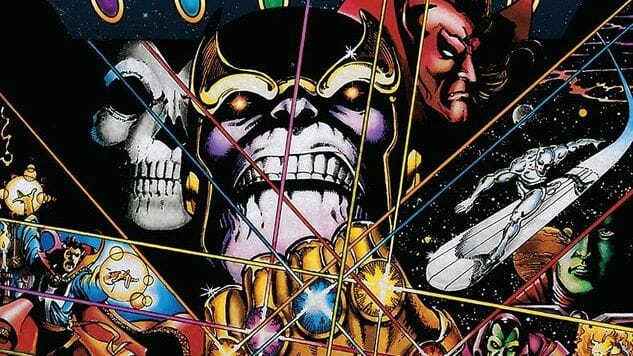
We here at Paste take the responsibility of recommending comics seriously, whether that means assembling mega-lists of the best-ever [insert genre here] comics, compiling each week’s most interesting new releases or suggesting sequential art for viewers of films like Wonder Woman, Spider-Man: Homecoming and Black Panther. Film-to-comic guides are a staple of websites that cover comics and related media, and they can serve as excellent gateways for moviegoers who walk out of the theater hungry for more stories about their favorite new characters. So it’s with great disappointment that we admit: recommending comics for fans of Avengers: Infinity War sucks.
If you take a look at our peer websites like CBR or Newsarama, you’ll find that most writers tasked with creating an Infinity War reading list stuck to the classics. From Thanos creator Jim Starlin’s early work with the character to proto-event comics like The Infinity Gauntlet and the progressively lesser Wars and Crusades that followed, Infinity War has effectively brought out the academic side of comic book journalists. With no slight intended to Starlin, without whom the shape of the Marvel Cinematic Universe would be all but unrecognizable, much of Marvel’s ‘70s, ‘80s and early-‘90s cosmic comics are dense, dizzying soap operas that are more fascinating for the raw material they introduced to the shared universe than they are engrossing and accessible to the modern reader. Infinity Gauntlet itself, with George Perez kicking off the series at his peak and Ron Lim turning in career-defining work from the fourth issue on, has aged better than many ‘80s Marvel sagas, but the Marvel Universe has always reflected its contemporary settings with much more gusto than DC Comics, which, with the exception of Superman’s mullet, has historically embraced a more timeless feel. Handing Infinity Crusade to someone who just walked out of Infinity War is an unlikely way to convert a new fan to the medium, unless that person has a hearty nostalgia for big hair and questionable ‘90s fashion choices.
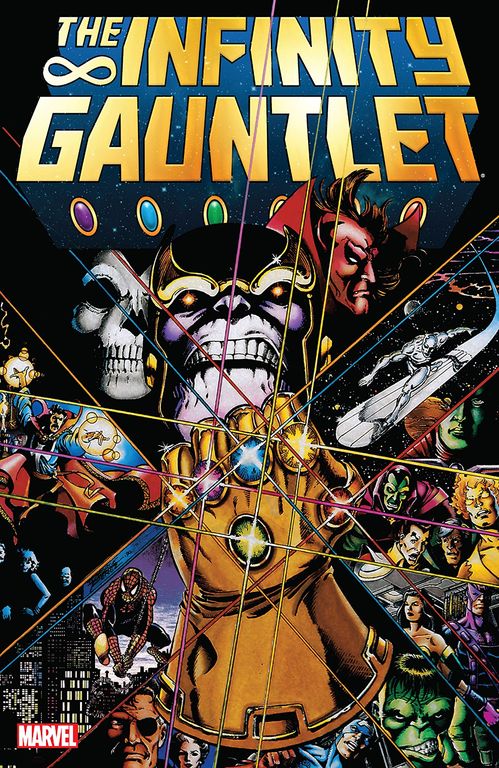
The Infinity Gauntlet Cover Art by George Perez
It’s futile to ding Marvel Comics for not thinking 30 years into the future when crafting their early Infinity stories, but it’s nonetheless frustrating to look at how little the company seems to have learned over its last decade of cinema success. When Iron Man hit theaters in 2008, the Marvel Comics publicity machine threw its full support behind the Invincible Iron Man series from Matt Fraction and Salvador Larroca, which launched on the heels of the film and featured a Tony Stark that mirrored Robert Downey Jr.’s wildly popular live-action portrayal. Invincible Iron Man would go on to win an Eisner award for Best New Series and run for just over 60 issues with the same creative team, all the while maintaining an accessibility to movie fans that’s largely unparalleled in any Marvel comic before or after.
In the decade since Marvel’s excellent synthesis of Iron Man (the film) and Invincible Iron Man (the comic), we’ve seen some truly excellent, unexpected takes on the publisher’s core pantheon of heroes, from the Jane Foster iteration of Thor to a well-intentioned (if often lacking) run of Sam Wilson picking up Captain America’s shield. What we rarely saw, however, was any conscious thought to film timing. In the run-up to Captain America: The Winter Soldier, which earned rave reviews for its grounded, spy-thriller take on Captain America, the corresponding Marvel Comics series saw Captain America fighting mutated monsters in an alternate dimension before returning to Earth with an adult adopted son and villains with names like “Dr. Mindbubble.” As Thor finally found cinematic success as an out-and-out buddy comedy with Thor: Ragnarok, The Mighty Thor comic series continued Jane Foster’s doomed march toward a hero’s death. Marvel followed up Guardians of the Galaxy’s breakout film success by relaunching the comic series under one of its biggest writers—now-DC-exclusive Brian Michael Bendis—but focused the book on previously unrelated characters like Angela, The Thing and Kitty Pryde while stumbling through crossover events that made the book impenetrable to anyone not following the wider publishing line.
